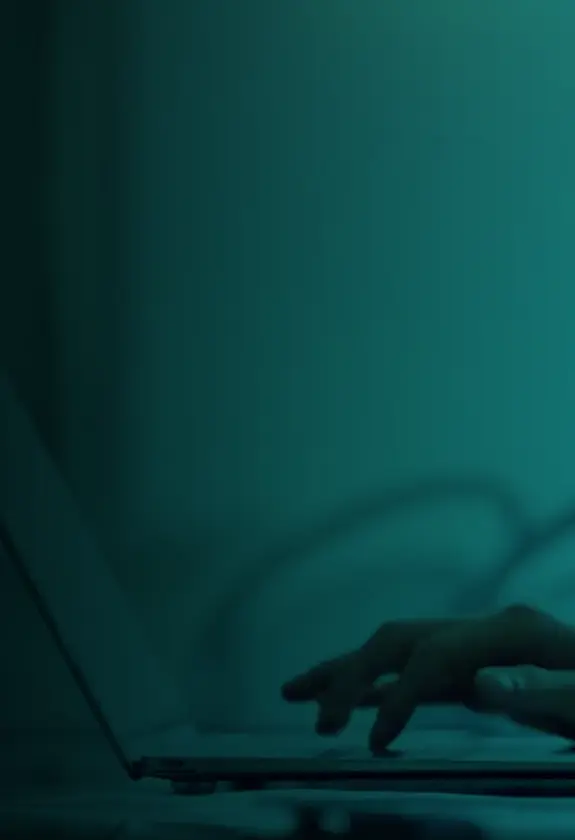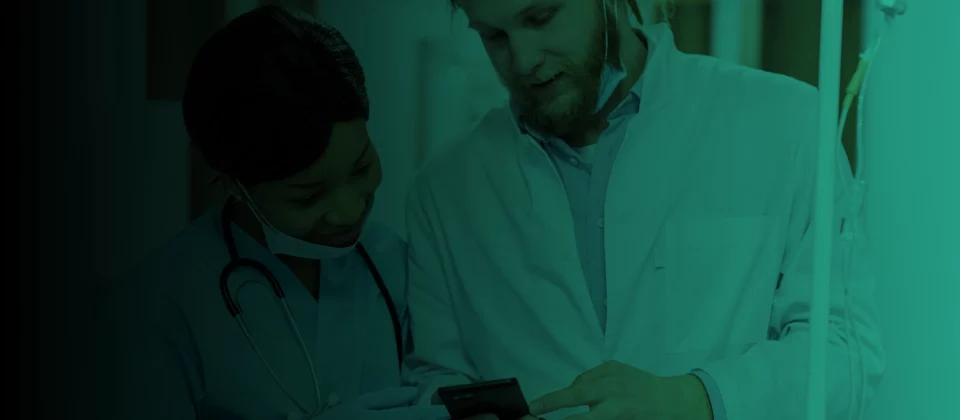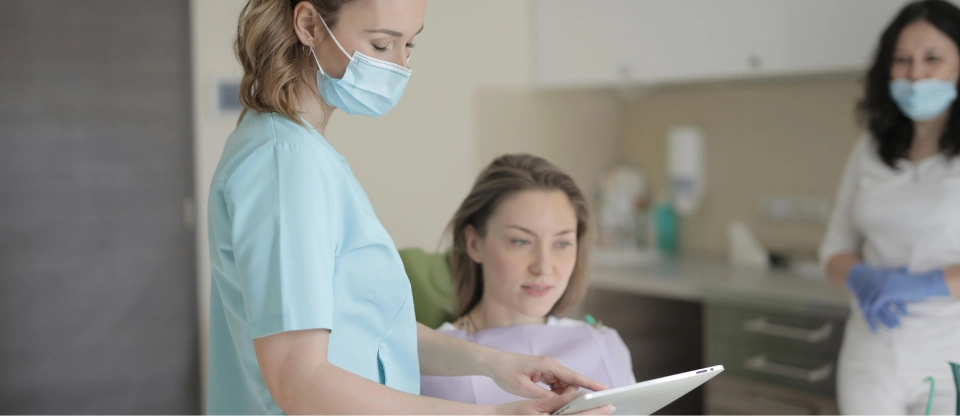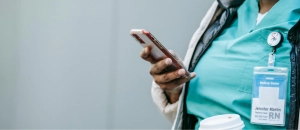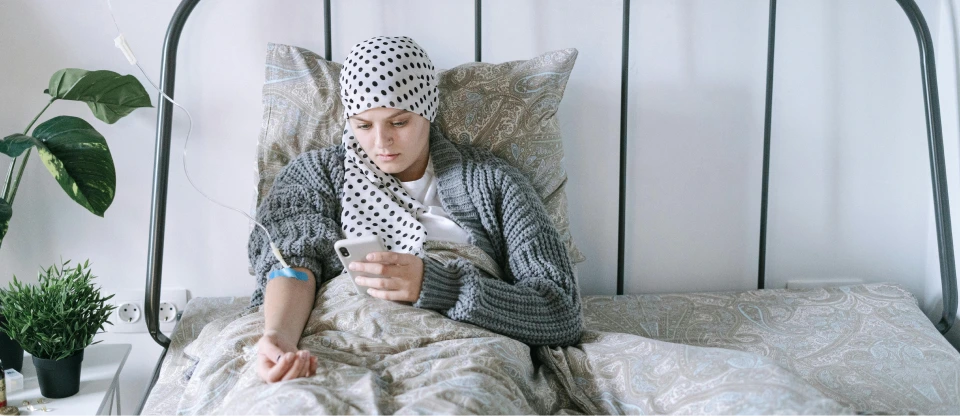Imagine a world where patients can connect with their doctors at the touch of a button, receiving timely advice and support without stepping into a clinic. This is no longer a futuristic vision but a reality, thanks to advancements in telemedicine and real-time communication technology. In an era where convenience and efficiency are paramount, custom mobile apps are reshaping how patients and healthcare providers interact. These solutions are not just closing the gap between patients and doctors but enhancing care delivery and improving health outcomes.
The growing demand for telemedicine highlights the need for seamless, real-time communication between patients and healthcare providers. Traditional healthcare models often leave patients waiting for appointments, test results, or follow-up care, which can delay critical medical decisions. Patient-doctor communication apps eliminate these inefficiencies by enabling instant messaging, video consultations, and secure medical data sharing. As a result, healthcare becomes more responsive, empowering patients to take charge of their health while enabling providers to deliver care more effectively.
Published on: 22 Jan 2025
